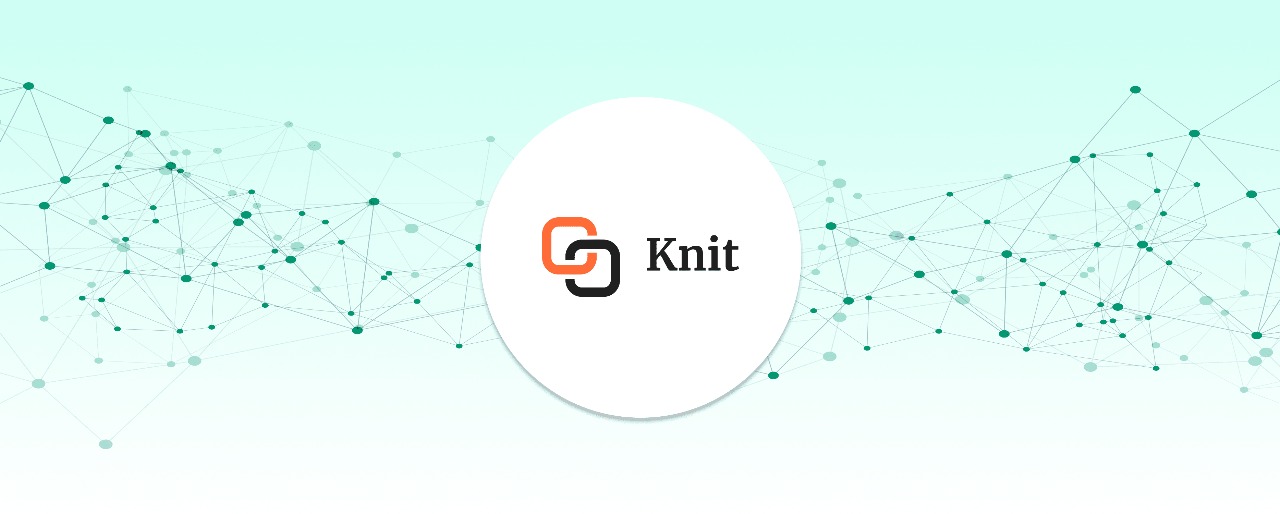Introduction
This article is part of our in-depth series exploring the ADP Workforce Now HRIS API, a powerful interface that allows developers to access and manage employee information programmatically. In this edition, we’ll walk through how to retrieve employee data from ADP Workforce Now using Python, including authentication setup, key endpoints, and example code snippets.
If you’re looking for other use cases or a deeper dive into ADP Workforce Now’s authentication, rate limits, and integration methods, explore our complete guide here.
Step-by-Step Guide to Retrieve Employee Data
Prerequisites
Before you begin, ensure the following:
- You have OAuth 2.0 credentials (Client ID and Client Secret) from ADP.
- Your API user account has permission to access employee data.
- You have a Python environment set up with the
requestslibrary installed.
API Endpoints
- Get all employees:
/hr/v2/workers - Get a single employee:
/hr/v2/workers/{aoid}
1. Authenticate Using OAuth 2.0
import requests
auth_url = 'https://accounts.adp.com/auth/oauth/v2/token'
client_id = 'YOUR_CLIENT_ID'
client_secret = 'YOUR_CLIENT_SECRET'
auth_response = requests.post(
auth_url,
data={'grant_type': 'client_credentials'},
auth=(client_id, client_secret)
)
access_token = auth_response.json().get('access_token')
2. Get All Employees
headers = {
'Authorization': f'Bearer {access_token}',
'Content-Type': 'application/json'
}
response = requests.get('https://api.adp.com/hr/v2/workers', headers=headers)
all_employees = response.json()
3. Get a Single Employee
aoid = 'SPECIFIC_ASSOCIATE_OID'
response = requests.get(f'https://api.adp.com/hr/v2/workers/{aoid}', headers=headers)
employee_data = response.json()Common Pitfalls to Avoid
- Incorrect OAuth credentials: Double-check your client ID and secret to prevent authentication errors.
- Insufficient permissions: Ensure your user role includes access to employee records.
- Ignoring rate limits: Repeated calls without rate-limit handling can cause throttling.
- Incorrect endpoint URLs: Verify region-specific or versioned endpoints before making requests.
- Invalid AOID values: Passing an incorrect employee ID will return a 404 error.
- Network timeouts: Implement retry logic to handle temporary connectivity issues.
- Weak error handling: Always check response codes and log detailed errors for debugging.
Frequently Asked Questions (FAQs)
Q1: How can I obtain OAuth credentials for ADP Workforce Now?
A: You need to register your app with ADP. Contact ADP Developer Support to get your client ID and secret.
Q2: What does AOID stand for?
A: AOID (Associate Object ID) is a unique identifier assigned to each employee in ADP Workforce Now.
Q3: How do I handle API rate limits?
A: Implement retry logic with exponential backoff and respect the API’s rate-limit headers.
Q4: Can I filter or query employee data?
A: Yes, ADP APIs support OData query parameters such as $filter and $select for customized retrieval.
Q5: What content type does the API use?
A: The API expects and returns data in application/json format.
Q6: How can I handle API errors gracefully?
A: Check the HTTP response status codes (e.g., 400, 401, 429) and build custom error-handling functions.
Q7: Is there a sandbox for testing integrations?
A: Yes, ADP provides a sandbox environment that mirrors production behavior for safe testing.
Knit for ADP Workforce Now API Integration
Integrating directly with HRIS APIs like ADP Workforce Now API can be time-consuming due to authentication management, version updates, and ongoing maintenance.
Knit API simplifies this process. By integrating once with Knit, you can securely access ADP Workforce Now API and other HRIS systems without worrying about token management or infrastructure maintenance. Knit handles authentication, authorization, and data synchronization. enabling you to focus on your application logic instead of backend complexity.


.png)






